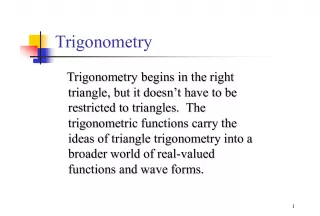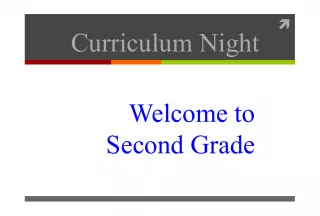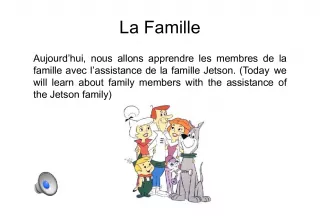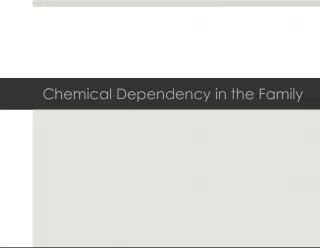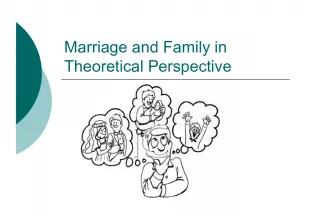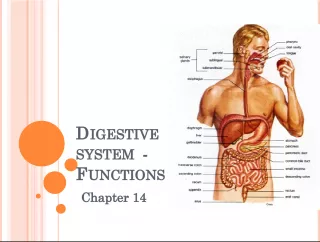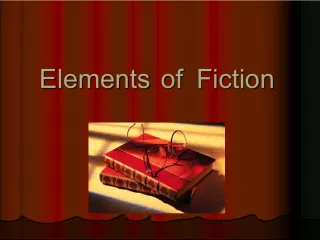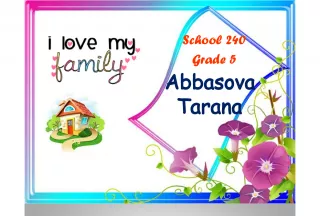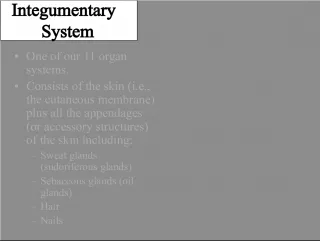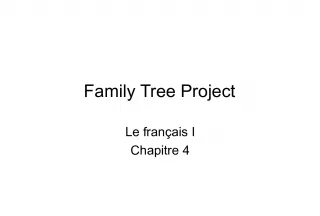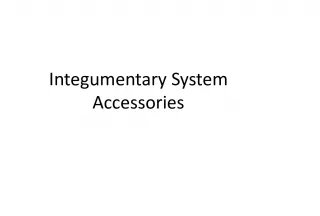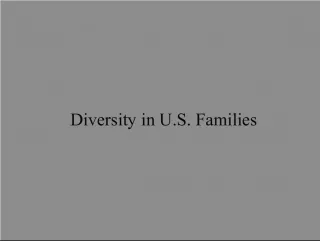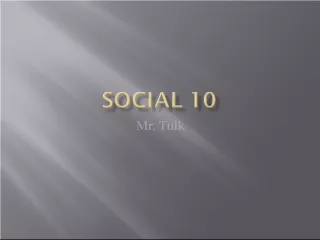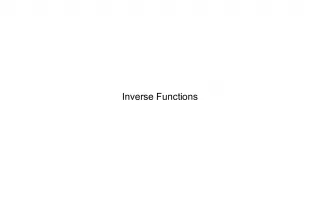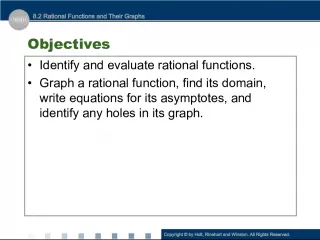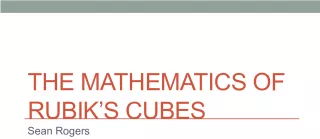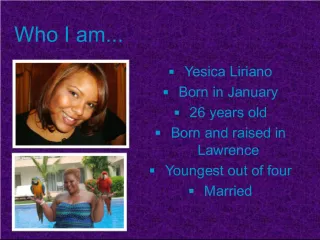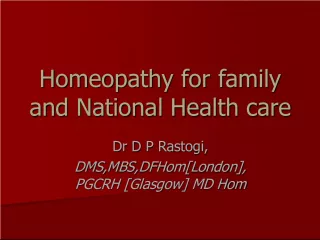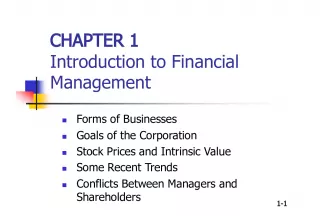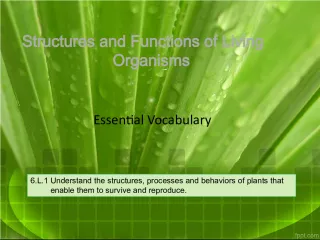Family Functions and Forms
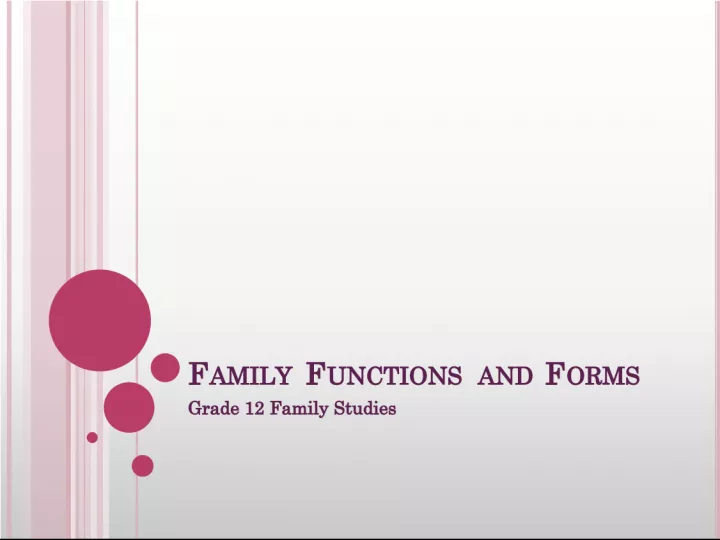

This Grade 12 Family Studies topic explores the definition of family, as proposed by The Vanier Institute of the Family. According to their definition, a family can consist of any combination of two or more people
- Uploaded on | 3 Views
-
 noahnielsen
noahnielsen
About Family Functions and Forms
PowerPoint presentation about 'Family Functions and Forms'. This presentation describes the topic on This Grade 12 Family Studies topic explores the definition of family, as proposed by The Vanier Institute of the Family. According to their definition, a family can consist of any combination of two or more people. The key topics included in this slideshow are . Download this presentation absolutely free.
Presentation Transcript
Slide1FAMILY F UNCTIONS AND F ORMS Grade 12 Family Studies
Slide2WHAT IS A F AMILY ? The Vanier Institute of the Family defines “family” as: Any combination of two or more persons who are bound together over time by ties of mutual consent, birth and/or adoption or placement and who, together, assume responsibilities for variant combinations of some of the following …”
Slide3FAMILY F UNCTIONS Addition of new members through procreation or adoption Society has to maintain itself to survive Population growth = increased wealth Physical maintenance and care of group members Including adults, children, dependent elderly members If families don’t care for their members society must be organized to replace the family Socialization of children Teach skills, knowledge, values and grow into well adjusted adults.
Slide4FAMILY F UNCTIONS Social control of members Control behavior and maintain order in society Monitor and evaluate behavior and provide feedback protects reputation within society Affective nurturance — love Meeting emotional needs, Maintaining morale, participating in society, Production, consumption, distribution of goods and services Earn income
Slide5FAMILY F ORMS Families can take on a number of different forms. Dual Career Family Two parents with offspring living in a common household where both parents work. Strengths Good income Higher quality of life Shared household tasks and responsibilities Weaknesses Dependence on outside support for childcare, meal preparation, etc. May cause disharmony due to activities and ambitions of both partners.
Slide6FAMILY F ORMS Single Parent Family One parent with children under 18 years old Strengths Greater self-expression (parent is only accountable to the children and not a partner) More stable home environment (if there was previously hostility or abuse) Opens door for children to seek positive role models outside home Weaknesses Need for support systems Strained finances Jeopardized parent role (socialization peers)
Slide7FAMILY F ORMS Single Career Family Two parents with offspring living in a common household where one person is the financial provider. Strengths Primary source of socialization is by parent(s) Fits demands of corporate jobs asking employees to travel, work long hours, evenings, etc. Weaknesses Difficult to maintain middle class quality of life financially
Slide8FAMILY F ORMS Remarried Nuclear Family (Blended Family) Two parents and offspring from previous marriage living in a common household. Strengths Encourages shared parenting (may have been single parent prior) Improves economic status Weaknesses Can be stressful blending two independent households together May need economic help, counselling Previous relationship commitments (economic and social)
Slide9FAMILY F ORMS Extended Family Family includes members of different generations living in the same household (grandparents, aunts, uncles, cousins, other relatives) Strengths Maintains family values generation to generation Lots of adults to fill socialization and household responsibilities Weaknesses Harder to move with more people in family
Slide10FAMILY F ORMS Experimental Family Consists of individuals in multi-adult households (communes) or cohabitating. Strengths Many individuals to support individual needs good for people in transition Allows people not ready to commit to long-term relationships to share economic and social resources Weaknesses Tends to lack clearly defined responsibilities
Slide11MODERN F AMILY We will be watching an episode of the TV program “Modern Family”. Use your notes from today’s class and the class on “Marital roles” in order to answer the questions about the show. http://www.youtube.com/watch?v=PyUNRW Jg0P8&safety_mode=true&persist_safety_m ode=1&safe=active
